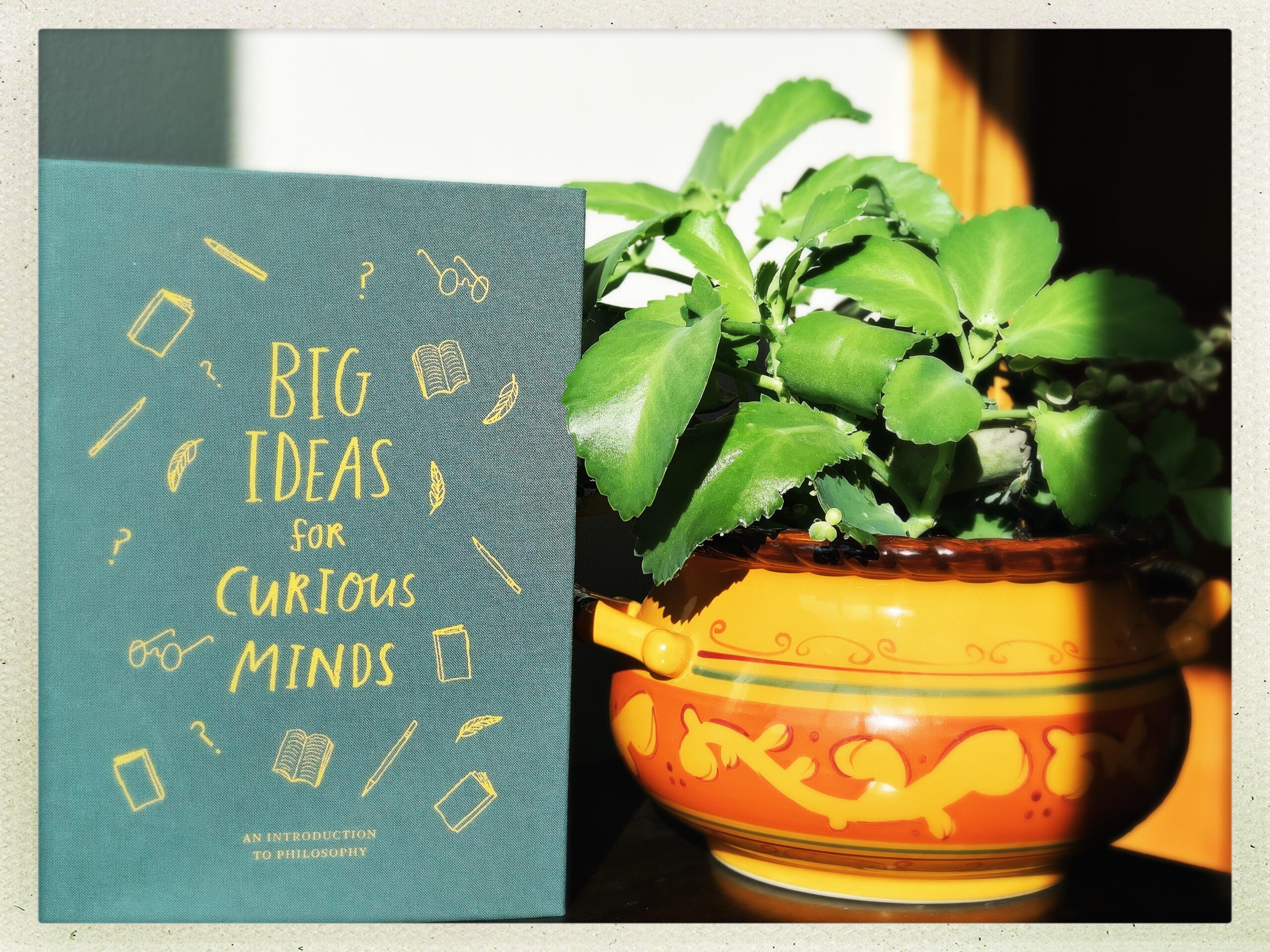Dyslexia is a measurable brain processing difference in the dominant temporal-parietal network that impedes the efficiency of reading. The main cognitive faculties affected by this brain difference are phonological processing (the sound-symbol connection) and rapid automatic naming, which are the two fundamental building blocks of reading. These inefficiencies cause hindrances in reading accuracy, fluency, and comprehension.
Gifted students can show what’s called “Stealth Dyslexia,” which means that the underlying dysfunction in reading can be hidden by the student’s ability to compensate especially in the area of comprehension. Sometimes gifted students with dyslexia are perceived by the teacher to be the “best reader in the class” because of their high levels of comprehension. Usually, the oral reading fluency is the give-away, but if students have made it to middle school or high school, teachers may have never heard them read aloud and so the assumption that there’s no problem can get perpetuated.
Alternatively, for some gifted students with dyslexia, the dyslexia may hide the individual’s high intellectual aptitude. Assumptions can be made about the individual’s potential based on academic performances. The student is performing poorly in school and the testing data shows an IQ in the gifted range. In this scenario, it is important to begin providing enrichment in the areas of individual strengths, while providing accommodations for reading and writing.
The common strengths of dyslexia are important to consider. Gifted students with dyslexia often have big ideas, are often perceptive to high level conceptual connections, and are often very creative thinkers. Their access to content and their ability to express their ideas are often hindered by reading and writing inefficiencies.
A great resource for reading more about the common strengths of dyslexia is the book The Dyslexic Advantage by Drs. Brock and Fernette Eide. In it, they reference a really helpful simple acronym which is the MIND strengths. M = material reasoning/spatial thinking, I = interconnected thinking, big picture perception, N = narrative reasoning, storytelling, debate, D = dynamic reasoning, understanding complex systems, intuition, sixth sense. I recommend checking out their book for more on this topic.
A broad way to think about how to best help 2E students with dyslexia is in two main categories. One: providing alternative access to content and demonstration of knowledge. Two: reading intervention. Sometimes the reading intervention through the school district is appropriate but sometimes additional support and guidance is helpful. We can work together to find the resources to best help.
Broadly speaking, what decades of research has shown is that there are 3 aspects of reading intervention that are required for efficacy: 1. Systematic (individually scaled approach, starting at current level of mastery and moving on in a stepwise manner based on a pre-designed system building on the student’s previous knowledge, moving from simple to complex in a planned succession). 2. Direct (the intervention must be given on an individual basis, not in a group format, recognizing that the process will be unique to each learner). 3. Explicit (students with dyslexia, the process of learning to read does not “come naturally” there will not be that “aha” moment that happens for other students. In explicit reading instructions, students are not expected to figure out critical information on their own. All the rules of phonics are explicitly taught and practiced to the point of mastery).
When I work with families, I find it really helpful to acknowledge some of the emotional struggles that can come along with 2E dyslexia. Along with the intensities, hypersensitivities, and perceptiveness that can come along with giftedness, the intraindividual discrepancy in and of itself can cause a sense of not-rightness, awkwardness. The space between the strengths and weaknesses is a perfect growing environment for anxiety. So I consider it very important to consider providing psychological support in addition to academic support for these students.
The gifted student with dyslexia needs a combination of enrichment, accommodations, and intervention. Neuropsychological evaluation can help to provide guidance in each of these areas.


